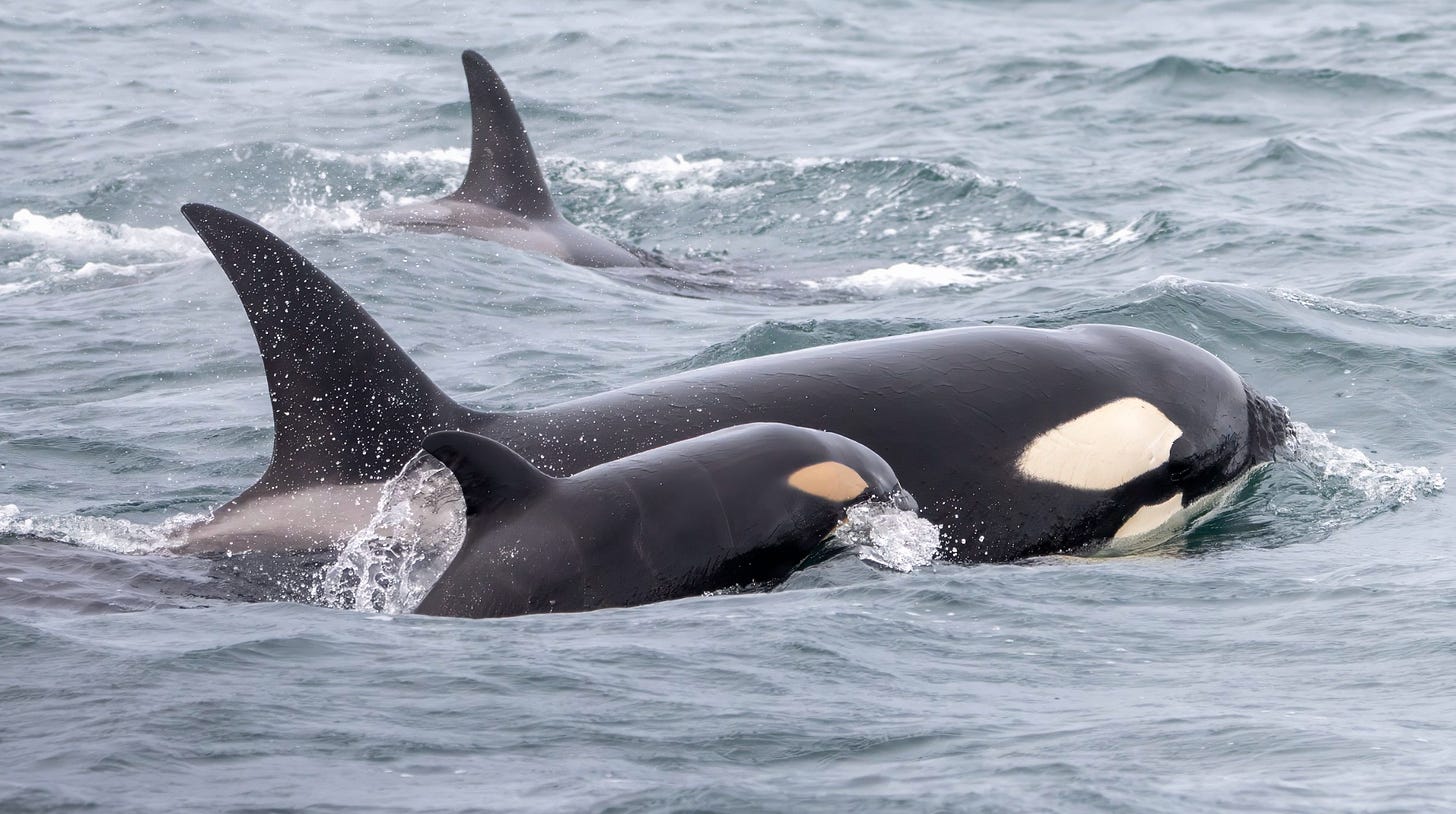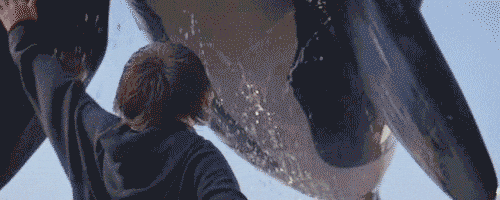Hey Pot Heads!
Since we last spoke there’s been A LOT OF NEWS. If you’re like me, you’ve been trying to find a balance between mainlining every update directly into your veins and unplugging from the internet and walking directly into the ocean. I haven’t found the correct mixture of engagement, action, and touching grass yet, but I’m working on it. I plan on protesting and hope to see all of you out in the streets on April 5. In the meantime, I thought we’d spend a little time going over some food and environment news you might have missed while you were screaming into the void. It’s not all bad, shocking I know. Let’s get into it.
Despite a growing crisis in the US poultry industry because of bird flu etc, the new administration is attempting to increase the maximum speed at all meat processing facilities. If this is sounding familiar to you, it’s because they did it during their first term too. Working in these processing plants is already one of the most dangerous jobs in the US. Workers are subject to more workplace injuries, including amputation, than any other job, and industry leaders believe even these statistics are severely underreported. As I told you late last year when we were discussing Wild Fork, so many of these processing plants rely on exploitable labor like children (yes, you read that right) and undocumented workers so the true horrors of this system go unchecked. Just look at this graph from VOX using the numbers that we do know:
So how fast are we talking? The lines currently whiz by employees and the infrequent inspectors at 140 birds per minute and now the government is allowing certain processors to go up to 175 birds per minute. The eventual goal is surely no limit at all. At 175 birds per minute, workers and inspectors are getting less than 3 seconds per carcass all day, every day. That’s 84,000 birds per employee per day, assuming they work an 8-hour shift which is optimistic and unlikely. How the hell is anyone supposed to do anything that quickly, all while making sure the meat isn’t covered in abscesses or anything else that could make consumers sick? They simply can’t and this move will only make our food system less safe. Shop accordingly. Need help eating less meat? I’ve got you covered.
Another story you might have missed, is all about seeds. I’ve talked a lot about the Svalbard Global Seed Vault over the years because it’s cool as hell and looks like a Bond villain’s lair. This is where the world stores all of its seeds in case of any number of catastrophes including blight and war so that we don’t lose species and crops that we need to survive. We also do this at the national level. The United States Department of Agriculture’s National Plant Germplasm System (NPGS) was established in 1898 and works to systematically gather and maintain the agricultural plant species that power our food system in giant collections all over the country. 300 NPGS scientists work at 22 stations nationwide maintaining more than 600,000 genetic lines of more than 200 crop species. Their work has saved our food system numerous times, see this NY Times article for examples, and only uses 0.0008 percent of the federal budget. Naturally, their budget has been slashed and lots of employees laid off, throwing the whole project into chaos. This story isn’t getting a lot of attention and that’s a shame. In a time of climate collapse and restricted trade, our ability to feed ourselves as country is being kneecapped for no reason at all. Keep your eyes peeled for more NPGS news because this system is too important to our future survival to let the broligarchs dismantle.

Lastly, I have some good news for you. The Pacific Whale Watch Association (PWWA) reported last week that they spotted new born orca in the Salish Sea who is a descendant of a whale who was captured by SeaWorld in the 70s. The calf was born to Sedna, a first for the 14-year-old orca, who’s grandmother Wake was one of the 6 whales captured off of Washington state and held by SeaWorld in 1976. According to PWWA, “Ralph Munro, assistant to then Governor Dan Evans at the time, witnessed the captures while sailing with friends and was appalled. Munro helped file a lawsuit against SeaWorld, leading to the whales’ release. They were the last killer whales to be captured in US waters.” Hell yes. Mr. Munro’s helped free Wake who has since gone on to have at least right calves, 16, grand-calves, and six great grand-calves so far. That’s 30 more whales thanks to one person’s actions, so just think about that before you talk yourself out of trying to make a difference in this world. In a detail that made my tear up, Mr. Munro passing at 81 was announced the same day the new orca calf was spotted. Here’s hoping they name the calf Ralph.

Thanks so much for joining me this week here at Stir the Pot. This publication was recently named one of the top 100 Food and Drink newsletters on Substack and none of that would have been possible without your support.
Tomorrow is all about pancakes as a warmup for a deep dive into chickpea flour next week so if you aren’t on the list, go ahead and fix that.
Have some food or environment news that needs some more attention? Drop it in the comments and let’s chat it out. Talk soon
Xoxox,
Michelle
Gray Whales
Earth Day was last week and it got me thinking about this time last year and my lifelong love of whales. Smash that ❤️ if you’ve been in your love of something era too. Next week we’re headed back into the kitchen but this week, let’s take a little trip to Baja.
Good Girl
Hey! Since today’s piece is extra personal, I decided to read it to you in addition to the written text. No matter how you interact with my work, I appreciate you.










Wow congratulations Michelle on being on the best reads list. There is no better place than STP for food, fun, and good reads ❤️. Like I’ve said before, I love Saturday and Sunday mornings with a hot coffee and the STP newsletter and chats with everyone one of you here 🥰. Love this group ❤️.
Thanks for mentioning Ralph Munro. He was an amazing man.